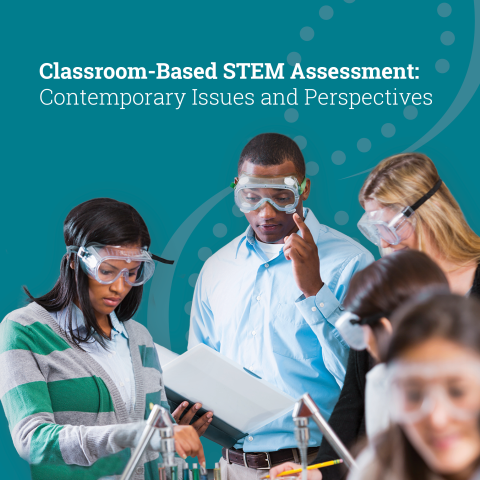The purpose of this study was to examine the effects of different data conditions on item parameter recovery and classification accuracy of three dichotomous mixture item response theory (IRT) models: the Mix1PL, Mix2PL, and Mix3PL. Manipulated factors in the simulation included the sample size (11 different sample sizes from 100 to 5000), test length (10, 30, and 50), number of classes (2 and 3), the degree of latent class separation (normal/no separation, small, medium, and large), and class sizes (equal vs. nonequal).
